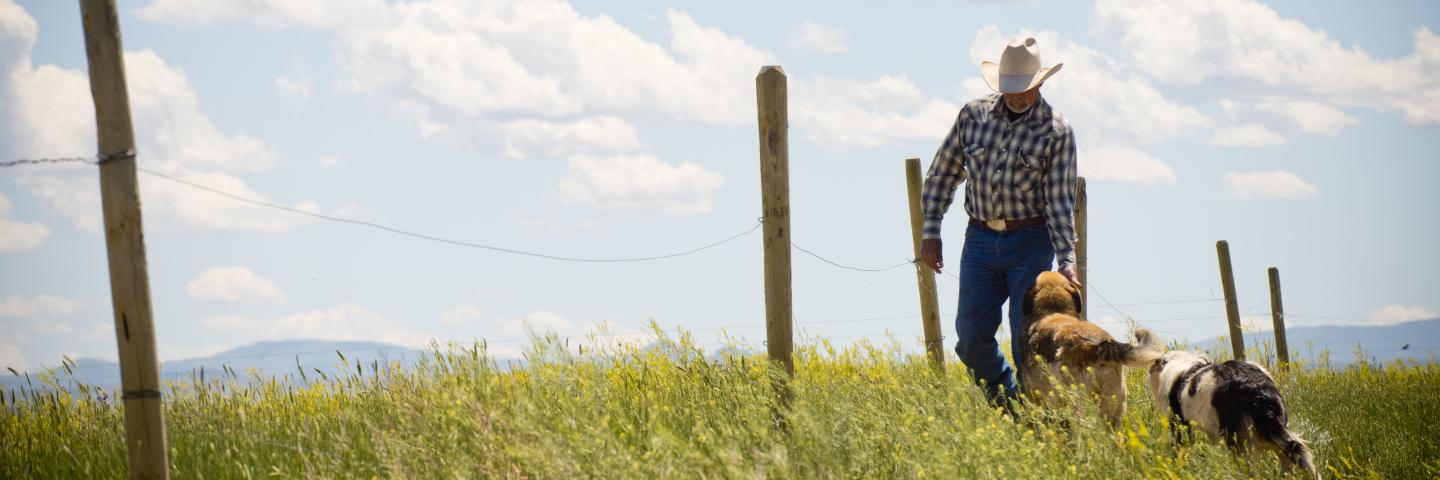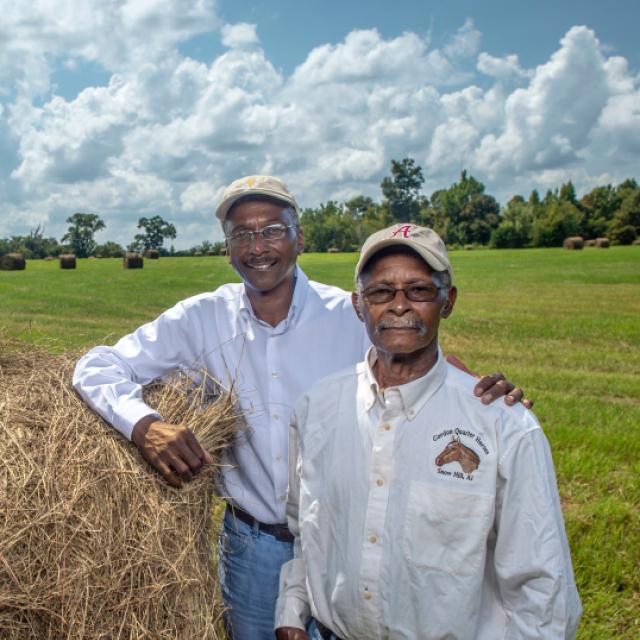
Press Release

This Targeted Implementation Plan (TIP) is available in Blaine, Glacier, Hill, Phillips, and Valley counties. TIPs are local-level Environmental Quality Incentives Program (EQIP) initiatives used by NRCS in Montana to guide on-the-ground implementation of locally developed Long Range County Plans.
County or Counties: Blaine, Glacier, Hill, Phillips, and Valley, including the Blackfeet Nation and the Fort Belknap Indian Community
Primary Resource Concern: Soil erosion
Time Frame: Fiscal Year (FY) 2025
The goal of this TIP is to decrease wind and water erosion and maintain or improve plant health on perennial forages and annual cropland that are irrigated by water from the St. Mary Canal and Milk River system. This TIP will also address livestock water limitations and fencing on pasture and rangeland where the Milk River or the St. Mary Canal was the only water source.
On June 17, 2024, the St. Mary Canal suffered a catastrophic failure. Due to the failure, the canal was shutdown. The Bureau of Reclamation (BoR) assessed the damage and evaluated alternatives. BoR determined the siphons were too damaged to repair and the best alternative is to replace the siphons. During construction of the replacement siphons, the St. Mary Canal will not provide irrigation water in 2025. BoR hopes to have the project complete by August 2025.
Detailed descriptions of these conservation practices can be found in the Field Office Technical Guide, Section 4 - Practice Standards and Supporting Documents.
Program applications are accepted on a continual basis. However, NRCS establishes application ranking dates for evaluation, ranking and approval of eligible applications. Applications received after the ranking date will be automatically deferred to the next funding period. See Montana Programs and Application Dates.
Applications must meet the intent of this initiative. For more details about this initiative, contact your local field office.
The St. Mary Initiative will be funded through the Environmental Quality Incentives Program (EQIP) using the Act Now application process. Applications eligible for the St. Mary Initiative will be accepted on a continuous sign-up basis. To be considered for this funding cycle, applications must be received by February 28, 2025. Applications received after that date may be considered in other relevant ranking pools. St. Mary Initiative applications processed in the order received and those that rank above the established minimum ranking score of 35 will be pre-approved as funds are available. Farmers and ranchers that apply won’t need to wait for all applications to be ranked to find out if their application was funded.
Producers directly impacted by the St. Mary Canal siphon failure are encouraged to visit the local NRCS office now to begin the planning process and submit applications. Once fiscal year 2025 EQIP funds are received in Montana, the St. Mary Initiative application ranking and pre-approval process will begin. Early planning will help producers to have time to implement practices for the 2025 growing season.
Program applications are accepted on a continual basis. However, NRCS establishes application ranking dates for evaluation, ranking and approval of eligible applications.
Annual Cropland and/or Perennial Hayland or Pasture Category
Livestock Water Category (range, pasture)
Both Categories
Targeted Implementation Plans (TIPs) are local-level Environmental Quality Incentives Program (EQIP) initiatives used by NRCS in Montana to guide on-the-ground implementation of locally developed Long Range County Plans. These plans are part of the "Focused Conservation” strategy to guide Montana's EQIP investments. Learn more about Montana Focused Conservation and Targeted Implementation Plans.
The Environmental Quality Incentives Program (EQIP) provides financial and technical assistance to agricultural producers and non-industrial forest managers.
Learn MoreThe 2018 Farm Bill was enacted on December 20, 2018. The Farm Bill continues its strong support for conservation efforts of America’s farmers and ranchers through reauthorization and expanded flexibility of NRCS conservation programs.
Learn MoreContact your local service center to start your application.
Do you farm or ranch and want to make improvements to the land that you own or lease?
Natural Resources Conservation Service offers technical and financial assistance to help farmers, ranchers and forest landowners.

To get started with NRCS, we recommend you stop by your local NRCS field office. We’ll discuss your vision for your land.
NRCS provides landowners with free technical assistance, or advice, for their land. Common technical assistance includes: resource assessment, practice design and resource monitoring. Your conservation planner will help you determine if financial assistance is right for you.
We’ll walk you through the application process. To get started on applying for financial assistance, we’ll work with you:
Once complete, we’ll work with you on the application, or CPA 1200.
Applications for most programs are accepted on a continuous basis, but they’re considered for funding in different ranking periods. Be sure to ask your local NRCS district conservationist about the deadline for the ranking period to ensure you turn in your application in time.
As part of the application process, we’ll check to see if you are eligible. To do this, you’ll need to bring:
If you don’t have a farm number, you can get one from USDA’s Farm Service Agency. Typically, the local FSA office is located in the same building as the local NRCS office. You only need a farm number if you’re interested in financial assistance.
NRCS will take a look at the applications and rank them according to local resource concerns, the amount of conservation benefits the work will provide and the needs of applicants. View Application Ranking Dates by State.
If you’re selected, you can choose whether to sign the contract for the work to be done.
Once you sign the contract, you’ll be provided standards and specifications for completing the practice or practices, and then you will have a specified amount of time to implement. Once the work is implemented and inspected, you’ll be paid the rate of compensation for the work if it meets NRCS standards and specifications.